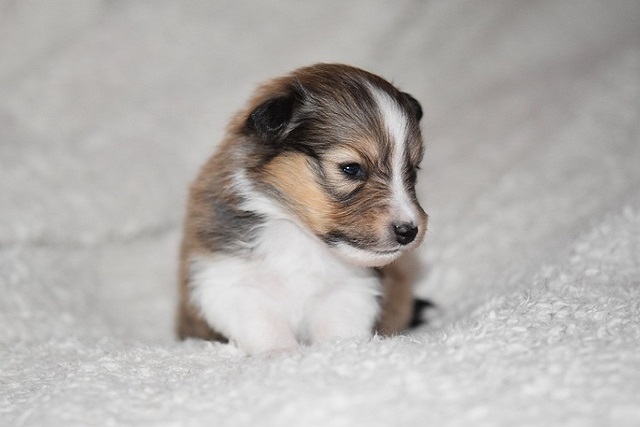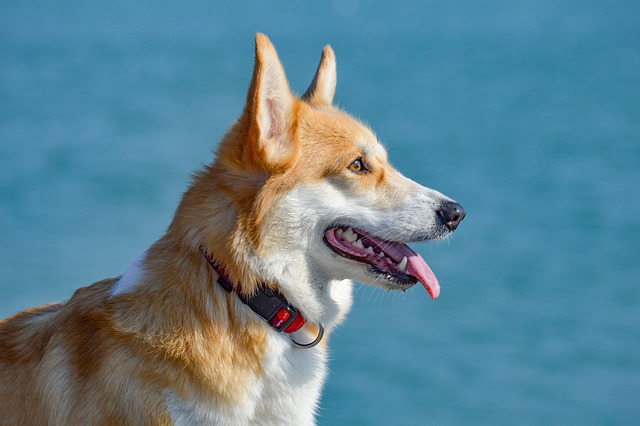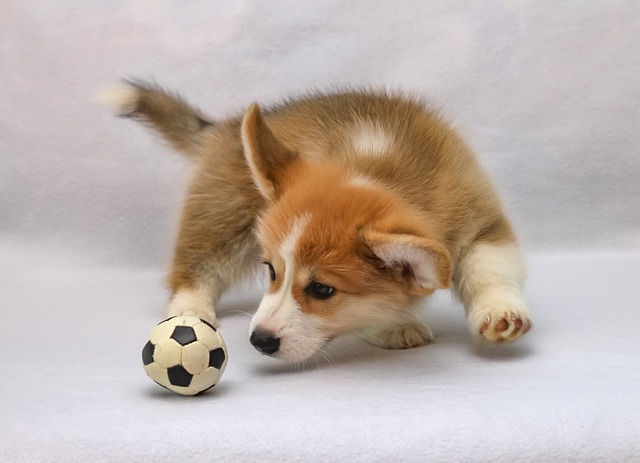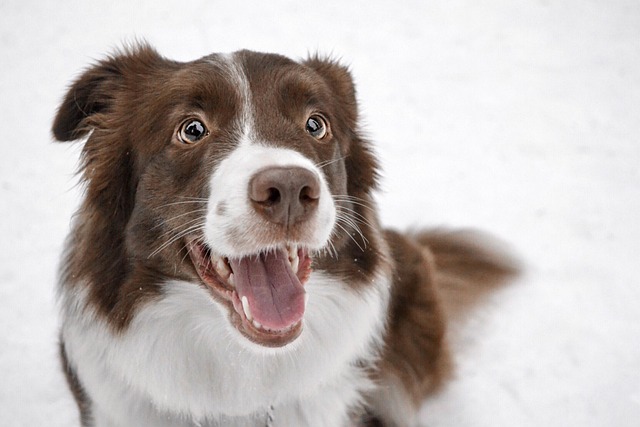
How do I get rid of my dog's smelly breath?
If your beloved dog has developed a less-than-pleasant odor coming from their mouth, you're probably wondering how to address this issue.
Did you notice those eyes suddenly becoming uneasy the moment you picked up the key? When you close the door, do you hear heartbroken sobs coming from behind? Separation anxiety is an invisible pain faced by many dogs, who express their purest longing by destroying objects, barking excessively, or harming themselves. As masters, we cannot accompany them forever, nor can we bear to see them suffer. So, how can we find a balance between these two and help our furry children learn to wait calmly?
Understanding the essence of separation anxiety is the first step. This is not the stubbornness or revenge of dogs, but their innate need for group life deep in their genes. In nature, being alone means danger, so when the closest 'family members' suddenly disappear, their nervous system enters a highly alert state. The physiological reactions of accelerated heartbeat, rapid breathing, and skyrocketing stress hormones are completely beyond rational control. Your dog is not 'ignorant', but loves you too much to bear separation. Those torn pillows, scratched door frames, and windowsills covered in claw marks are all desperate attempts to retrieve you.
Establishing the right farewell ceremony is crucial, but most hosts make mistakes. A common mistake we make is turning leaving home into an exaggerated farewell show - squatting down for long hugs, saying in a sweet voice, 'Mom will be back soon,' and repeatedly checking back. These behaviors unintentionally reinforce the dog's anxiety, making it anticipate that 'something terrible will happen next'. The correct approach is to make leaving mundane: keep quiet for 10 minutes before leaving, keep the key in a quiet place, and avoid eye contact or talking when leaving. It's as natural as just going to the next room to get something. This low-key way of leaving tells the dog: it's not a big deal.
Training dogs to adapt to separation requires a step-by-step approach like building blocks. Starting from a very short separation - close the door and immediately open it, reward if the dog remains calm. Then gradually extend to a few seconds, one minute, five minutes The key to this' desensitization training 'is to always end the separation when the dog can still remain calm. If it waits until it starts to become anxious before returning, it will actually reinforce its negative behavior. Record the duration of each training session and the dog's response, and you will find that its ability to withstand separation is slowly but steadily improving. This process requires astonishing patience, just like teaching a child to walk, neither anxious nor annoyed.

Environmental decoration can greatly alleviate dogs' anxiety. Leave clothes with a strong scent of yours (preferably pajamas you've worn) as a carrier of attachment for your dog; Turn on white noise or soothing music to mask external sounds; Use pheromone diffusers to release soothing signals similar to the scent of a mother dog. Prepare a safe 'haven' for your dog - it can be a comfortable cage (with prior positive association training) or its favorite corner, paired with its addictive chew toys or leaky food balls. These items not only distract attention, but also help it calm down through soothing behaviors such as chewing and licking.
Exercise is the best natural anti anxiety medication. Arrange a high-intensity activity for the dog before leaving - a long walk with interactive games to help it expend excess energy. A tired body can lower anxiety levels, just as humans are more likely to relax after intense exercise. Especially for working dog breeds or young dogs, a sufficient 'discharge' can allow them to enter a resting state directly after you leave, rather than a destructive mode. Remember, an exhausted dog is a happy dog.
Technological means can become your capable assistant. Installing a pet camera not only allows you to check the status of your dog at any time, but many devices also support two-way communication and remote feeding functions. When you notice your dog starting to feel anxious, you can soothe it with a calm voice or release some small snacks remotely to distract your attention. However, it should be noted that these interventions must be timely and moderate, and excessive attention may actually reinforce its dependency behavior. Some owners have found that recording their own voice (such as reading audiobooks) and playing it repeatedly can give their dogs the illusion that they are always at home.
The attitude when returning home is equally important. No matter how excited the dog appears, it is important to remain calm - wait for it to calm down before giving attention. If you respond to its jumping and barking as soon as you enter the door, it's like telling it that 'anxiety can bring attention'. On the contrary, ignoring excessive enthusiasm and waiting for it to sit quietly before gently caressing it, teaching it that calmness is the correct way to receive rewards. This simple change may require you to restrain your longing, but the long-term effect is surprising.
In this journey of accompanying dogs to grow up, we are also learning the deeper meaning of love: not possession, but giving a sense of security; It's not about never being separated, but about teaching it the courage to be alone. When you see a once anxious dog calmly watching you leave, even lazily wagging its tail when you come home, you will understand that this is not indifference, but it has finally established the most precious confidence - that you will always come back, and waiting can also be a peaceful happiness.

If your beloved dog has developed a less-than-pleasant odor coming from their mouth, you're probably wondering how to address this issue.

When you see other people’s Toy Poodles prancing around like walking cotton balls—their fluffy, soft curls bouncing with every step—while your own pup’s coat lies flat and lifeless,

When your Husky wags its tail and bounds toward you, ready for a hug, only to be met with an overpowering odor that makes you recoil,

In the living room late at night, the table lamp casts a gentle halo in the corner. Your dog is curled up in a furry nest, and his belly rises and falls gently with his breathing.

In the eyes of these fluffy little beings, every moment of putting on a leash signifies a new adventure. When owners stand by the door holding the leash, dogs always wag their tails excitedly, full of anticipation for the upcoming walk.

Samoyed's pure white fur, like the purest snowflakes in winter, is their most proud feature. However, when these snow-white hairs start to turn yellow,